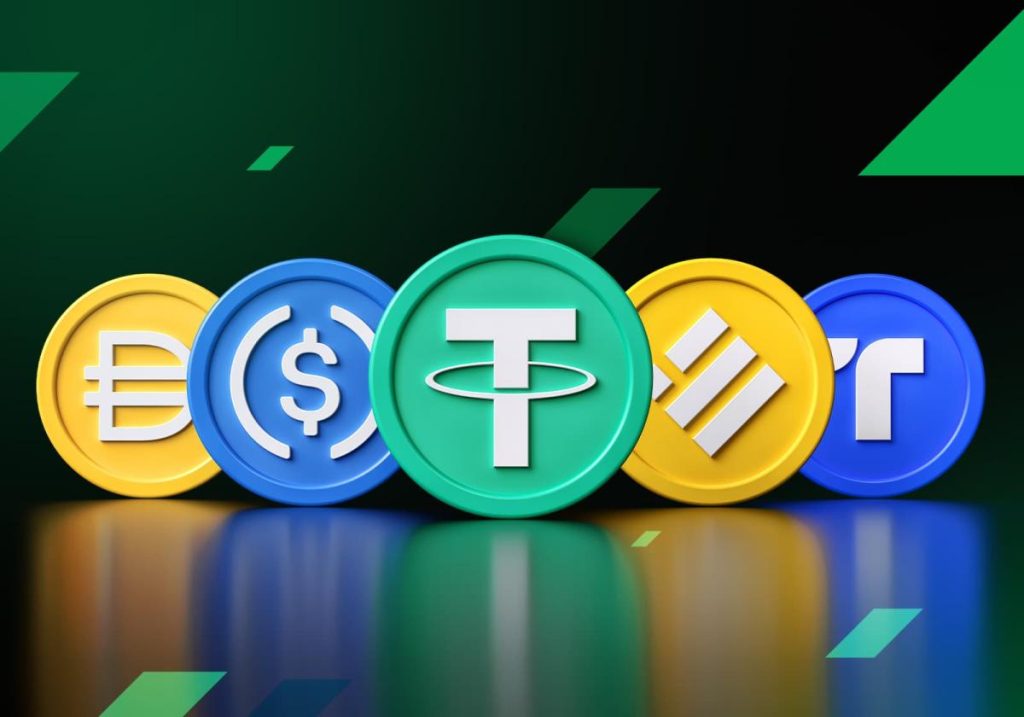In the rapidly advancing world of digital finance, the quest for speed is paramount. “Speed Crypto” represents a growing trend within the cryptocurrency space focused on enhancing the speed and efficiency of transactions. This article delves into the concept of Speed Crypto, its implications for the cryptocurrency market, and the technologies driving faster transactions.
What is Speed Crypto?
Speed Crypto refers to the optimization and acceleration of cryptocurrency transactions. As the use of digital currencies grows, the need for faster transaction processing becomes increasingly important. Speed Crypto encompasses various technologies and strategies aimed at reducing transaction times, improving network efficiency, and enhancing user experience in the cryptocurrency ecosystem.
Why Speed Matters in Cryptocurrency

- User Experience: Fast transaction speeds are critical for user satisfaction. Whether it’s sending funds across borders or making real-time payments, users expect transactions to be processed quickly and efficiently.
- Market Competitiveness: In a competitive market, cryptocurrencies with faster transaction speeds can attract more users and gain an edge over slower counterparts. Speed is often a key differentiator for investors and traders.
- Scalability: As the number of cryptocurrency users grows, networks must scale to handle increased transaction volumes. Speed optimization is essential for maintaining network performance and reliability.
- Practical Use Cases: Fast transaction speeds enable practical use cases such as microtransactions, real-time trading, and instant payments. These applications are crucial for integrating cryptocurrencies into everyday financial activities.
Technologies Driving Speed Crypto
Several technologies and innovations contribute to the acceleration of cryptocurrency transactions:
- Blockchain Scalability Solutions: Various scalability solutions are designed to enhance the speed of blockchain networks. These include:
- Layer 2 Solutions: Technologies like the Lightning Network (for Bitcoin) and Plasma (for Ethereum) operate on top of the main blockchain layer. They enable faster and cheaper transactions by handling transactions off-chain and settling them periodically on the main blockchain.
- Sharding: Sharding involves dividing the blockchain into smaller, manageable pieces called shards. Each shard processes its transactions and smart contracts, allowing the network to process multiple transactions simultaneously. Ethereum 2.0 is an example of a blockchain upgrade incorporating sharding.
- Sidechains: Sidechains are separate blockchains linked to the main blockchain. They can process transactions independently, alleviating congestion on the main network and increasing overall transaction speed.
- Consensus Mechanisms: The choice of consensus mechanism affects transaction speed. Traditional proof-of-work (PoW) mechanisms, like those used in Bitcoin, can be slower due to their resource-intensive nature. Alternatives include:
- Proof-of-Stake (PoS): PoS and its variants, like Delegated Proof-of-Stake (DPoS), allow for faster block generation and validation compared to PoW. Ethereum’s transition to PoS is expected to enhance transaction speeds and reduce energy consumption.
- Byzantine Fault Tolerance (BFT): BFT-based consensus algorithms, such as Practical Byzantine Fault Tolerance (PBFT), can achieve faster consensus by allowing nodes to reach agreement quickly without requiring extensive computational work.
- High-Throughput Blockchains: Some blockchain networks are specifically designed for high transaction throughput. Examples include:
- EOS: EOS is known for its high transaction speed and scalability, achieved through a delegated proof-of-stake (DPoS) consensus mechanism and a focus on scalability.
- Solana: Solana utilizes a unique combination of proof-of-history (PoH) and proof-of-stake (PoS) to achieve high transaction speeds and throughput.
- Optimized Protocols: Innovations in blockchain protocols and infrastructure contribute to faster transaction speeds. Examples include:
- Transaction Compression: Techniques like transaction compression reduce the amount of data processed and transmitted, leading to faster transaction times.
- State Channels: State channels allow participants to conduct multiple transactions off-chain, only settling the final state on the main blockchain. This reduces the load on the main chain and speeds up transactions.
The Impact of Speed Crypto on the Market
- Enhanced User Adoption: Faster transaction speeds improve user experiences and drive adoption. Users are more likely to embrace cryptocurrencies that offer quick and seamless transactions, leading to increased market penetration.
- Increased Transaction Volume: Speed Crypto enables higher transaction volumes by reducing bottlenecks and congestion on blockchain networks. This scalability supports the growing demand for cryptocurrency transactions.
- Real-Time Applications: The ability to process transactions in real-time opens up new possibilities for applications such as decentralized finance (DeFi), gaming, and e-commerce, where speed is crucial for functionality and user engagement.
- Competitive Advantage: Cryptocurrencies that offer superior speed can differentiate themselves in a crowded market. Speed becomes a competitive advantage, attracting traders, investors, and users seeking efficient digital financial solutions.
Challenges and Considerations

- Security: As transaction speed increases, maintaining security and integrity is crucial. Innovations must balance speed with robust security measures to prevent vulnerabilities and attacks.
- Network Congestion: Rapid growth in transaction volume can lead to network congestion. Effective speed solutions must address scalability issues to ensure long-term reliability and performance.
- Technological Complexity: Implementing advanced speed technologies requires significant technical expertise and infrastructure development. Ongoing research and development are necessary to refine and optimize these solutions.
- Regulatory Compliance: Speed enhancements must comply with regulatory standards and legal requirements. Ensuring that innovations align with regulatory frameworks is essential for broader acceptance and integration.
Speed Crypto represents a pivotal aspect of the cryptocurrency industry’s evolution, focusing on accelerating transaction times and enhancing overall efficiency. Through innovative technologies such as blockchain scalability solutions, alternative consensus mechanisms, and high-throughput blockchains, the industry is making significant strides towards achieving faster and more efficient transactions.
As the cryptocurrency market continues to grow, the importance of speed will remain a key factor in driving user adoption, improving market competitiveness, and supporting real-time applications. Balancing speed with security, scalability, and regulatory compliance will be essential for the continued success and development of Speed Crypto.
Understanding and leveraging these advancements in speed will be crucial for both users and developers as they navigate the dynamic landscape of digital finance. Embracing these innovations can lead to a more efficient and user-friendly cryptocurrency ecosystem, paving the way for a more integrated and accessible financial future.

